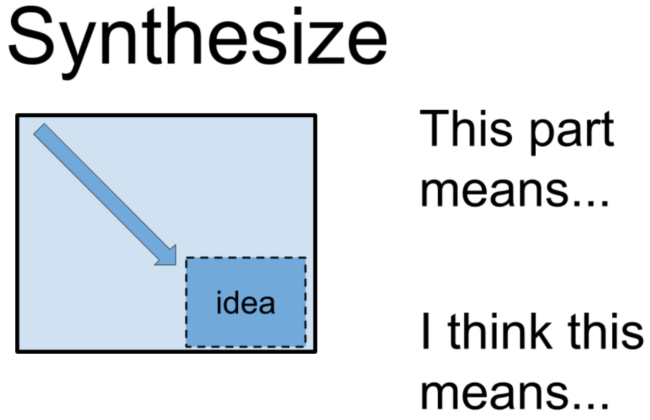When I first started teaching ELs, a mentor teacher said, “Our job is to put ourselves out of a job”. I laughed awkwardly not knowing what it meant, but as I put more years of teaching under my belt, I’ve realized that this phrase means teachers have to foster independence in their students.
As teachers of ELs, we want to solve problems for our students. At times, they might be better served if we didn’t. We should instead encourage them to apply the teaching tools we’ve used to scaffold as their own student learning strategies, which is Part 4 of the Sheltered Instruction series focusing on the SIOP Model.
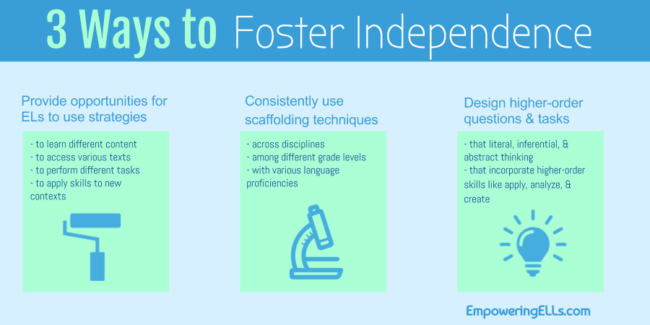
How do we encourage students to use our learning strategies?
Part of the SIOP model is using strategies to empower students to engage in academically challenging tasks. These strategies, if used consistently, foster more independence in students.
In Making Content Comprehensible for English Learners: The SIOP Model (5th Edition) (SIOP Series), Echevarria, Vogt, and Short recommend three things that teachers can do to hold ELs to high academic standards:
- Provide ample opportunities for students to use learning strategies
- Use scaffolding techniques consistently to assist and support student understanding (e.g. text structures)
- Incorporate a variety of questions or task that promote higher-order thinking skills (e.g. literal, analytical, and imperative questions) (2017).
1.) Provide ample opportunities for students to use learning strategies
When we teach students strategies, we are teaching them to fish rather than providing them with fish to eat. But we can’t just explain the strategies and leave it at that. We have to give them opportunities to use these strategies in multiple different ways.
For example, I use the Harkness Table to have students collaboratively construct the meaning of texts. Because it’s a student-led discussion, I do not want to prompt students how to speak. Instead, I post these discussion posters in the classroom and teach students to refer to them while having a discussion.
At first, I’ll be honest: it’s awkward. But once they are used to these types of contributions, they are comfortable talking without referring to them. Notice how I expect students to contribute to the discussion in different ways, specifically the higher-order ways such as connecting, evaluating, comparing, and synthesizing.
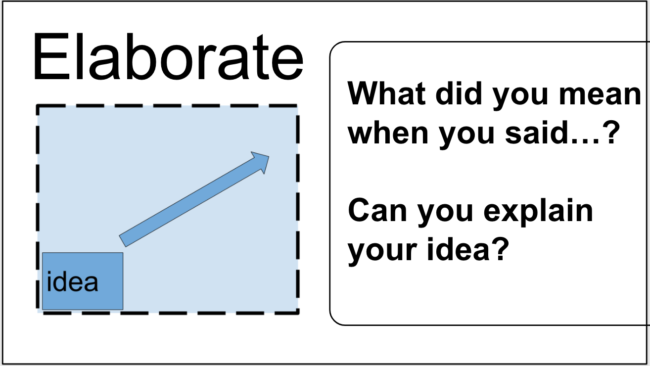
2.) Use scaffolding techniques consistently
The more that teachers use scaffolds consistently throughout the whole school, all grade levels and departments, the more ELs will benefit from the scaffolding simply because when it is used in various classes and in different settings, they have more opportunities to learn it.
I can hear your objection from across the screen: But we’re teaching different grades and different content!
That is true, but it’s also true that academic language is used across grade levels and disciplines. For example, a Design class might want students to design an infographic that persuades the school to stop buying water bottles and instead encourage students to bring their own. While in a science class, the teacher might want students to create an awareness campaign that persuades students to get at least 8 hours of sleep.
In these two examples, students are engaging in the same task of persuading, but the content is drastically different. I’ve found that there are several academic verbs that consistently recur that teachers expect students to recognize and practice across disciplines and grade levels. They include:
- describe
- sequence
- compare
- cause-effect
- problem-solution
- argue/persuade
I’ve created diagrams for each of these consistently recurring academic verbs and shared them with my content teachers. When these teachers assign work, usually written work, they then share with students the most appropriate diagram to help them complete the task.
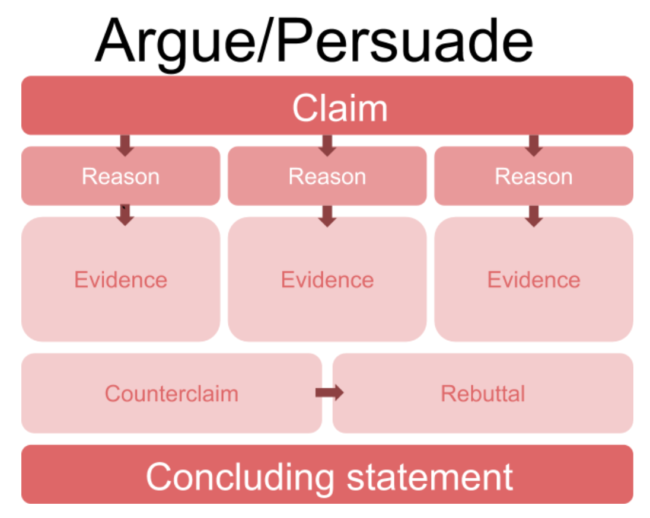
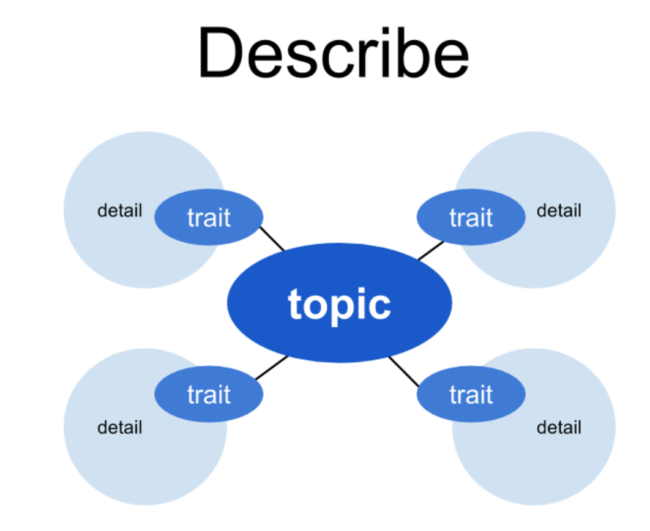
As students are exposed to these diagrams across multiple disciplines, they start to internalize what the academic verb requires… what it actually means. The consistency of using the scaffold during the writing process empowers ELs to better communicate their understanding.
Because these diagrams are used consistently during writing, they have the power to shift from being a teacher’s tool to being a student’s own learning strategy. The latter empowers them to become more independent and gives them the resources to do so.
3.) Incorporate a variety of questions or tasks that promote higher-level thinking
Because of ELs’ developing language skills, they are often asked less cognitively challenging questions, which usually require them to simply identify facts and recall information. However, we have to remember to provide ELs with opportunities to think more critically. If we fail to do this, ELs will not become thoughtful, analytical thinkers and will always achieve less than their peers.
One structure that I use to help ELs think critically about texts is the Literature Iceberg. The iceberg is a visual representation of how to divide a text into multiple readings, with each reading focused on identifying different parts of the text:
- First reading: identify events, characters, and problem/conflict
- Second reading: read to find patterns and symbols, ask questions of the text and form opinions and make connections to the text
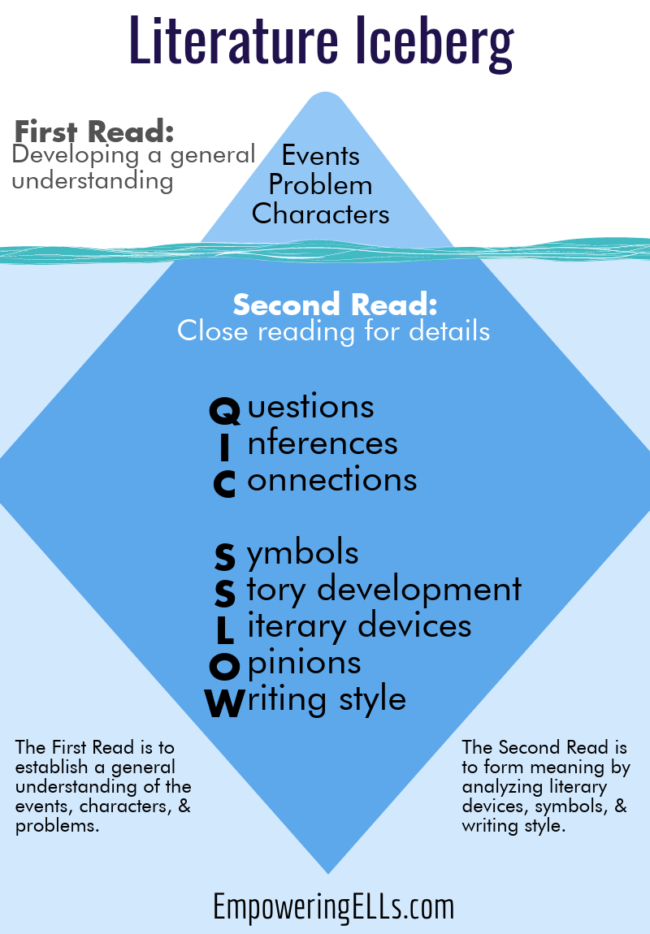
When we begin to analyze literature, I have students discuss the top of the iceberg to understand the events, identify the characters, and describe the conflict. Then I select a particular section of the text to conduct a second reading where students discuss it more analytically and inferentially. The section might help them identify the theme, the meaning of a repeating symbol, or what a character represents.
I encourage my fellow teachers to use the Literature Iceberg consistently with all the fictional pieces they use so that while it starts out as a teaching tool, it can shift to a becoming student learning strategy that encourages ELs to think more conceptually.
Takeaways
We serve ELs well when we turn over our teaching tools to students themselves so the tools can become student learning strategies. Students learn to adopt these tools when we as teachers use them consistently, ask cognitively demanding questions, and design higher-order learning experiences. ELs want to feel that they are just as smart and capable as other students. When we teach them to use these strategies on their own, their hope becomes reality.
Echevarria, J., Vogt, ME, & Short, D. (2017). Making Content Comprehensible for English Learners: The SIOP Model. Fifth Edition. New York: Pearson.
Nora, J., & EchevarriÌa, J. (2016). No more low expectations for English learners. Portsmouth, NH: Heinemann.

